Intro
Learn about Medial Collateral Ligament (MCL) sprain injury, its causes, symptoms, and treatment options, including rehabilitation and recovery for knee stability and ligament health.
The medial collateral ligament (MCL) is one of the most crucial ligaments in the knee joint, providing stability and support to the inner aspect of the knee. A medial collateral ligament sprain injury is a common condition that occurs when the MCL is stretched or torn, causing pain, swelling, and instability in the knee. This type of injury can be debilitating, affecting not only athletes but also individuals who engage in physical activities or experience a sudden trauma to the knee. Understanding the causes, symptoms, and treatment options for MCL sprains is essential for promoting effective recovery and preventing long-term damage.
The MCL is a fibrous ligament that connects the femur (thigh bone) to the tibia (shin bone) in the knee joint. It plays a vital role in maintaining knee stability, particularly during rotational movements. When the MCL is subjected to excessive stress or force, it can become stretched or torn, leading to a sprain injury. MCL sprains can be classified into three grades, depending on the severity of the injury. Grade 1 sprains involve mild stretching of the ligament, while grade 2 sprains involve partial tearing of the ligament. Grade 3 sprains are the most severe, involving complete tearing of the MCL.
The causes of MCL sprains can be diverse, ranging from sports-related injuries to traumatic events. In sports, MCL sprains often occur due to direct blows to the knee, sudden changes in direction, or landing awkwardly from a jump. In non-athletic individuals, MCL sprains can result from falls, car accidents, or other traumatic events that cause a valgus force (a force that pushes the knee inward) on the knee joint. Understanding the mechanisms of injury is crucial for developing effective prevention strategies and treatment plans.
Understanding MCL Sprains
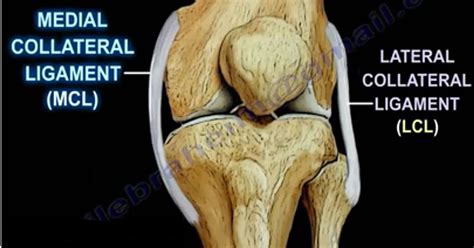
MCL sprains can be diagnosed through a combination of physical examination, medical history, and imaging studies. A thorough physical examination can help identify the location and severity of the injury, while imaging studies such as X-rays and MRI scans can confirm the diagnosis and rule out other potential causes of knee pain. The symptoms of MCL sprains can vary depending on the severity of the injury but often include pain, swelling, and instability in the knee. In some cases, individuals may experience a popping or snapping sound at the time of injury, followed by a feeling of looseness or instability in the knee.
Causes and Risk Factors
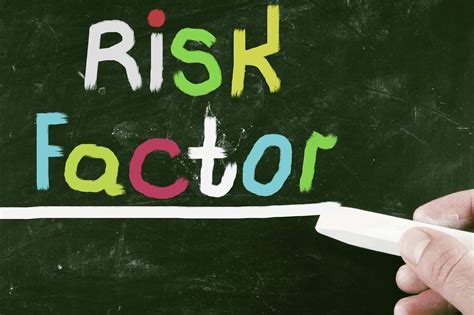
Several risk factors can increase the likelihood of developing an MCL sprain. These include participating in contact sports, having a history of previous knee injuries, and engaging in activities that involve twisting or bending movements. Poor knee mechanics, such as overpronation or flat feet, can also contribute to the development of MCL sprains. Additionally, individuals with weak or imbalanced thigh muscles may be more susceptible to MCL injuries.
Symptoms and Diagnosis
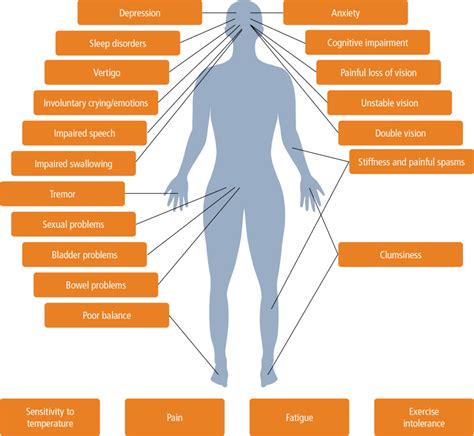
The symptoms of MCL sprains can be similar to those of other knee injuries, making diagnosis and treatment challenging. A thorough medical evaluation is essential to determine the severity of the injury and develop an effective treatment plan. The diagnosis of MCL sprains typically involves a combination of physical examination, medical history, and imaging studies. The physical examination may include tests such as the valgus stress test, which involves applying a valgus force to the knee joint to assess the integrity of the MCL.
Treatment Options
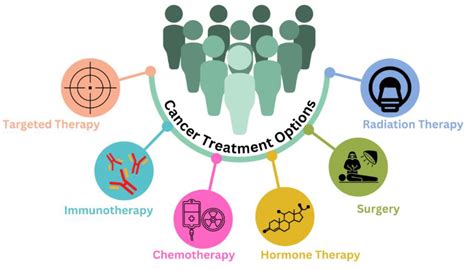
The treatment of MCL sprains depends on the severity of the injury and the individual's overall health and activity level. Mild MCL sprains (grade 1) can be treated with conservative measures such as rest, ice, compression, and elevation (RICE). Moderate MCL sprains (grade 2) may require a period of immobilization in a knee brace, followed by physical therapy to restore strength and range of motion. Severe MCL sprains (grade 3) may require surgical intervention to repair or reconstruct the damaged ligament.
Rehabilitation and Recovery

Rehabilitation and recovery are critical components of MCL sprain treatment. A well-structured rehabilitation program can help restore strength, range of motion, and functional ability, reducing the risk of long-term damage and promoting a successful return to activity. The rehabilitation process typically involves a series of exercises and interventions designed to promote healing, reduce pain and inflammation, and improve knee function.
Prevention Strategies
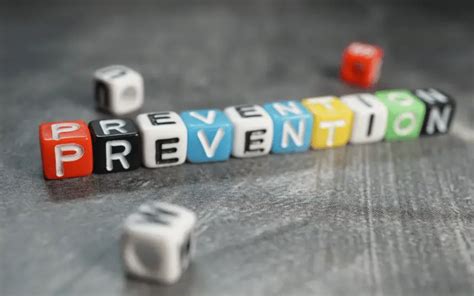
Preventing MCL sprains requires a combination of strategies, including strengthening the thigh muscles, improving knee mechanics, and using proper equipment and techniques during sports and physical activities. Individuals can reduce their risk of MCL sprains by engaging in regular exercise, maintaining a healthy weight, and avoiding activities that involve excessive twisting or bending movements.
Complications and Long-Term Effects

If left untreated or poorly managed, MCL sprains can lead to complications and long-term effects, including chronic knee pain, instability, and limited range of motion. In some cases, MCL sprains can also increase the risk of developing osteoarthritis, a degenerative joint disease that can cause significant pain and disability.
Current Research and Advances
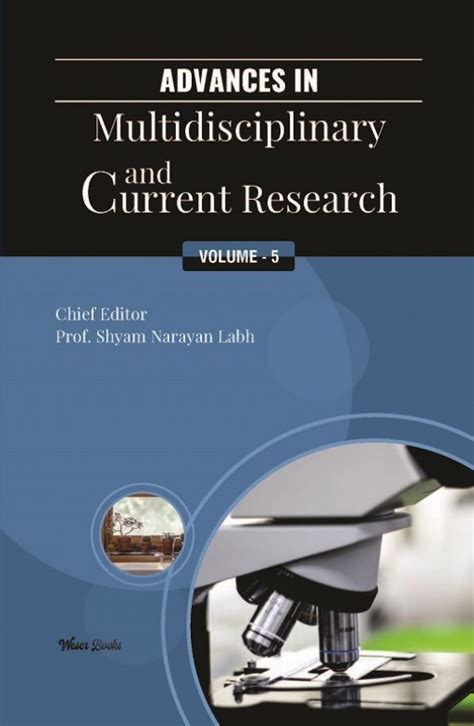
Current research and advances in the field of orthopedics and sports medicine are focused on developing more effective treatment options and prevention strategies for MCL sprains. This includes the use of innovative technologies, such as platelet-rich plasma (PRP) therapy and stem cell therapy, to promote healing and tissue repair. Additionally, researchers are exploring the role of biomechanics and movement analysis in preventing MCL sprains and promoting optimal knee function.
What is the most common cause of MCL sprains?
+The most common cause of MCL sprains is a direct blow to the knee, often occurring in contact sports such as football, soccer, and hockey.
How long does it take to recover from an MCL sprain?
+The recovery time for an MCL sprain can vary depending on the severity of the injury, but most individuals can expect to recover within 2-6 weeks with proper treatment and rehabilitation.
Can MCL sprains be prevented?
+Yes, MCL sprains can be prevented by engaging in regular exercise, maintaining a healthy weight, and using proper equipment and techniques during sports and physical activities.
In conclusion, MCL sprains are a common and potentially debilitating condition that can affect individuals of all ages and activity levels. Understanding the causes, symptoms, and treatment options for MCL sprains is essential for promoting effective recovery and preventing long-term damage. By engaging in regular exercise, maintaining a healthy weight, and using proper equipment and techniques, individuals can reduce their risk of MCL sprains and promote optimal knee function. We invite you to share your thoughts and experiences with MCL sprains in the comments below, and to explore our website for more information on orthopedic health and wellness.
